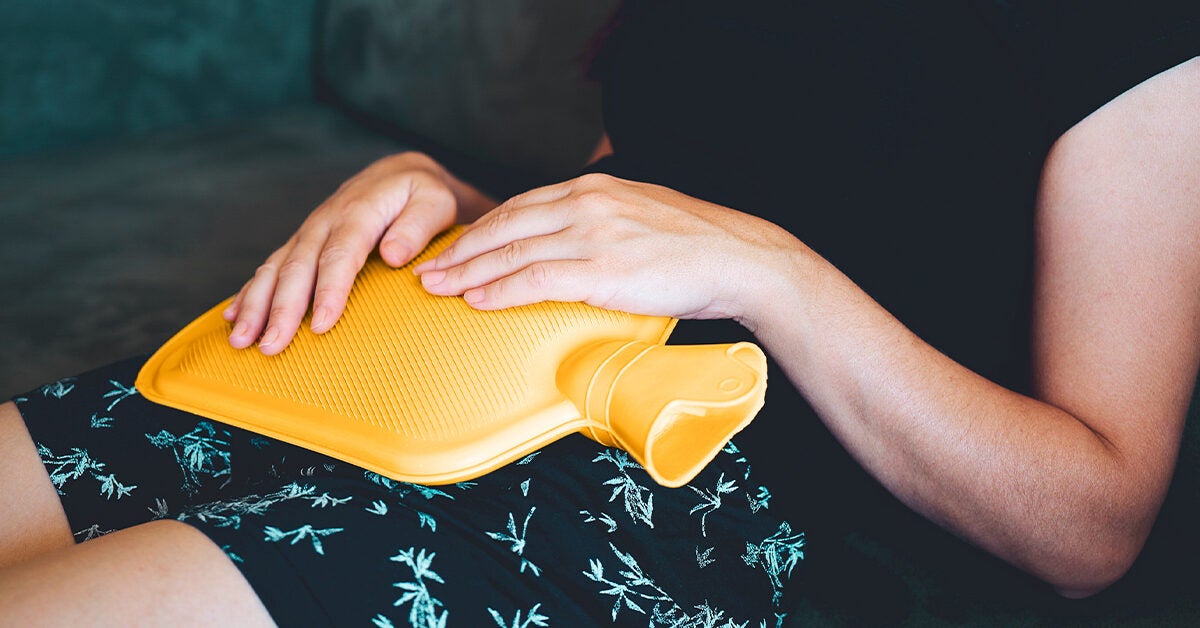Umbilical Endometriosis: Signs, Symptoms & Causes - Healthline

Umbilical endometriosis, also called Villar's node, is a very rare type of endometriosis. It happens when endometrial tissue, which is meant to grow inside the uterus, starts growing in or around the belly button. Symptoms of umbilical endometriosis can include swelling, pain, and discoloration.
Endometriosis is a condition that develops when endometrial tissue grows where it's not supposed to. This misplaced tissue typically grows in the pelvic region and affects organs near the uterus, like the ovaries and fallopian tubes.
According to 2009 research, only about
Although umbilical endometriosis is usually benign (noncancerous), its symptoms can be confused with other conditions affecting the navel. So, it's important to talk with a doctor as soon as possible if you have symptoms.
When endometrial tissue grows outside the uterus, it behaves the same way as it does inside the uterus. Changes in your hormone levels cause it to thicken, break down, and bleed. But this excess blood and tissue gets trapped, leading to pain and swelling.
Signs and symptoms of umbilical endometriosis may include:
- pain around the belly button (constantly or only around your period)
- swelling
- a nodule, bump, or mass in or around the belly button
- discoloration, bleeding, or reddish-brown discharge
Sometimes, symptoms of umbilical endometriosis sync up with your menstrual cycle. However, you may also experience constant issues that don't come and go.
Umbilical endometriosis sometimes occurs alongside typical endometriosis symptoms. These include:
There are two types of umbilical endometriosis: secondary and primary.
Secondary umbilical endometriosis, which is more common, typically develops after a surgical procedure. It can happen after minimally invasive surgeries, like laparoscopy, and open surgeries like cesarean delivery (C-section). This happens because endometrial cells are transplanted into surgical scars.
On the other hand, primary umbilical endometriosis comes on spontaneously.
Though researchers don't know exactly what causes primary umbilical endometriosis,
Umbilical endometriosis can look a lot like other masses and nodules that form in the navel. While umbilical endometriosis usually isn't dangerous, other types of masses can be. It is important to see a doctor to determine which type of mass you have.
To help reach a diagnosis, your doctor will perform a physical exam and ask about your symptom history and medical history.
A biopsy, which involves removing tissue to analyze in a lab, is the most accurate way to diagnose umbilical endometriosis, according to older 2006 research.
Surgery is considered the gold-standard treatment for umbilical endometriosis. With this option, there is a small possibility of recurrence. Your doctor can explain this potential risk so you can weigh the pros and cons.
Some doctors provide hormonal therapies to reduce the size of umbilical nodules and improve symptoms prior to surgery. Doctors may recommend medications to treat umbilical endometriosis, such as:
- progesterone
- danazol
- gonadotropin-releasing hormone
However, these medications have not proven to be consistently effective over the long term.
Umbilical endometriosis is a rare condition that can cause swelling, bleeding, pain, or discharge in a nodule near your belly button. Sometimes, healthcare professionals will prescribe medications like hormone therapies, but more commonly, surgery is the treatment of choice.
You should see a doctor if you develop any unusual symptoms in your navel area. A healthcare professional can help you determine if you have umbilical endometriosis or another medical condition.



Comments
Post a Comment